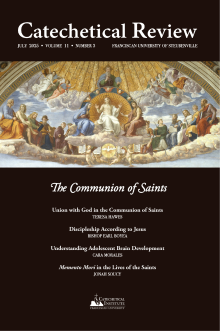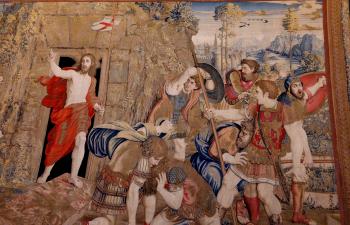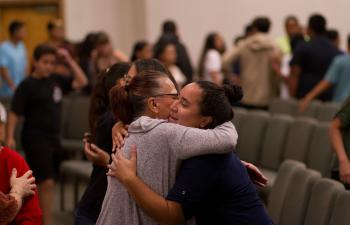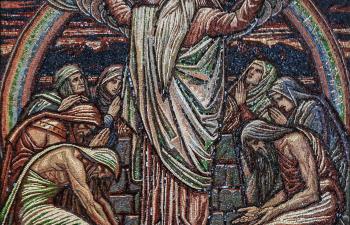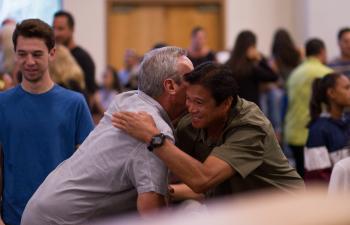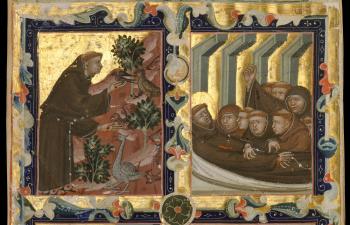 The term “disciple” is a translation of the Greek word mathetes, which means a student or follower of a teacher. Of course, we know that Jesus was called a teacher or Rabbi by many, and he had a good number of disciples. However, his manner of teaching was a bit different from other teachers of his time. He did not sit and wait for others to come to him. Rather, he called or summoned disciples, and then he had them follow him, not only by following his teachings but literally and physically following him around. Thus, this teacher was a unique kind of teacher, which would mean that his disciple will be a unique kind of disciple.
The term “disciple” is a translation of the Greek word mathetes, which means a student or follower of a teacher. Of course, we know that Jesus was called a teacher or Rabbi by many, and he had a good number of disciples. However, his manner of teaching was a bit different from other teachers of his time. He did not sit and wait for others to come to him. Rather, he called or summoned disciples, and then he had them follow him, not only by following his teachings but literally and physically following him around. Thus, this teacher was a unique kind of teacher, which would mean that his disciple will be a unique kind of disciple.
Personally, I have always loved school and reading and studying—sitting still and learning is one thing that I believe I have been pretty good at. However, the idea of getting up and moving around wherever someone else might lead me seems a bit demanding and discomforting. Yet, that is the kind of disciple the Lord wants me to be.
How can we describe Jesus’ program of formation for his disciples? These elements come from some Gospel texts where he specifically addresses his followers and often challenges them.
The rest of this online article is available for current Guild members.
Art Credit: Adobe Stock; "My Lord and my God!", Fr. Lawrence Lew, Flickr.com; Christ the Vine by Victor of Crete, Wikimedia Commons.
This article originally appeared on pages 20 - 29 of the print edition.
This article is from The Catechetical Review (Online Edition ISSN 2379-6324) and may be copied for catechetical purposes only. It may not be reprinted in another published work without the permission of The Catechetical Review by contacting [email protected]


